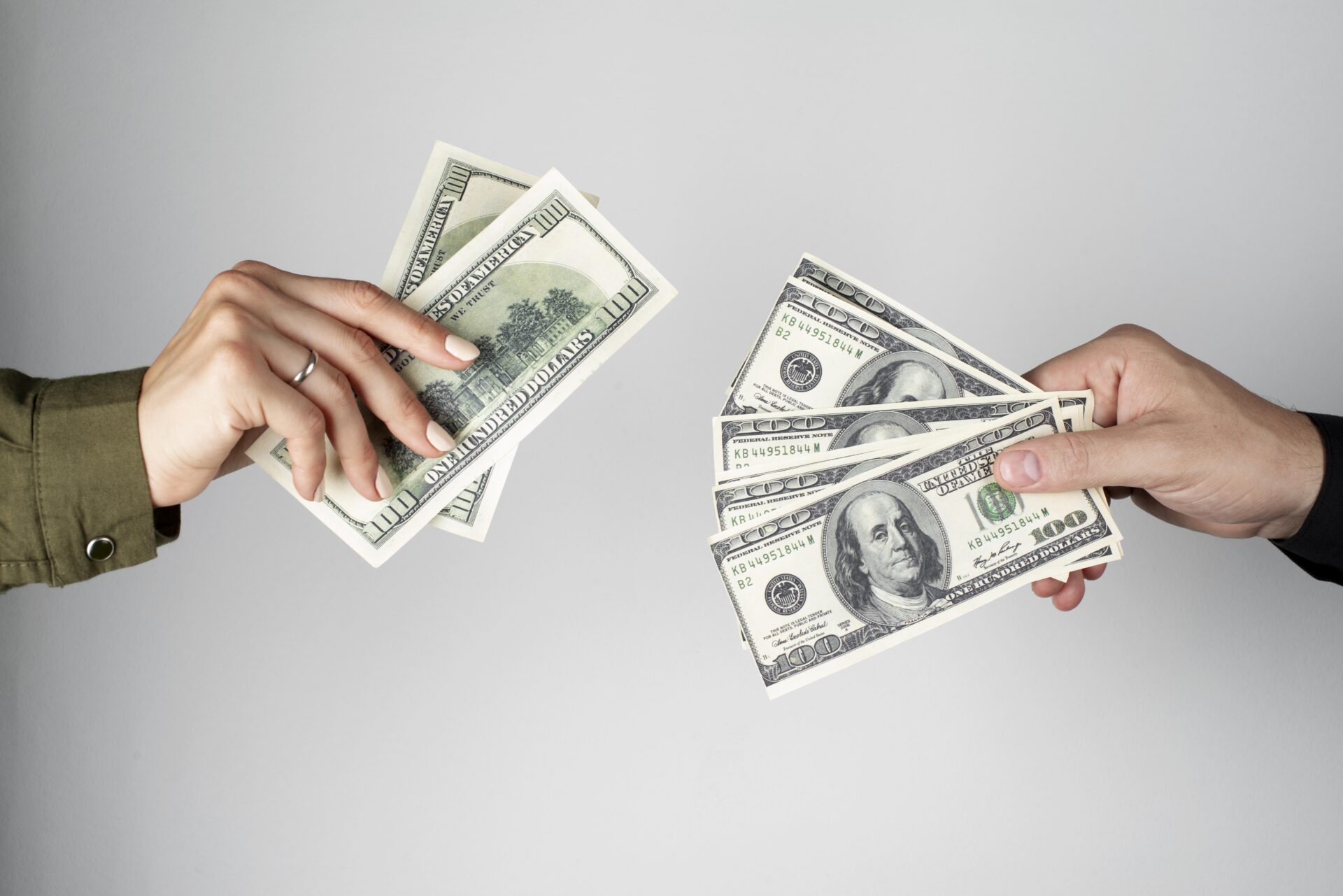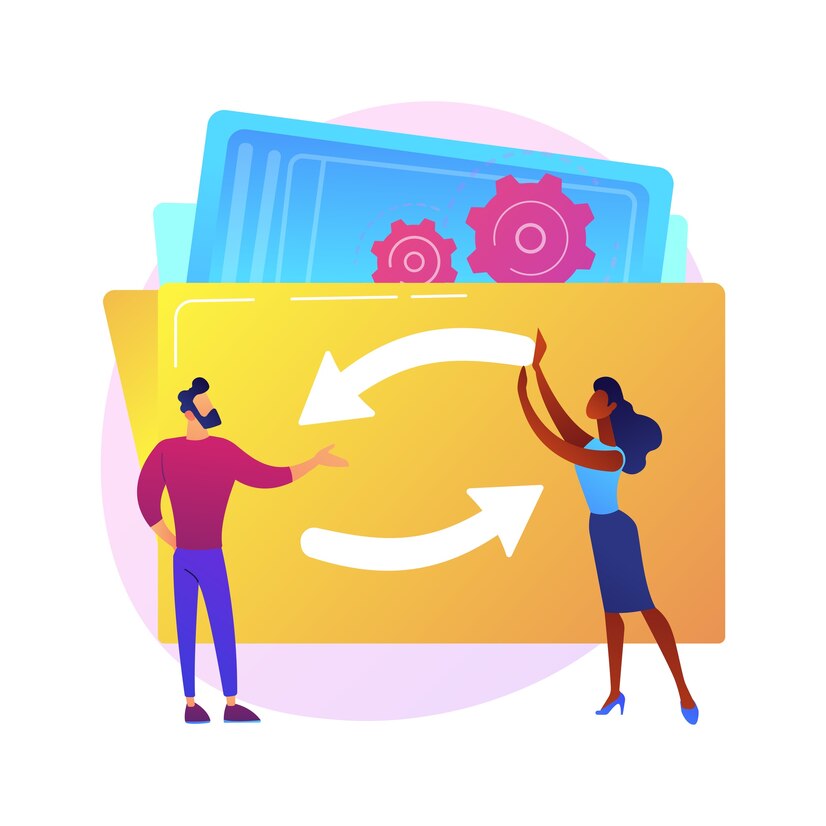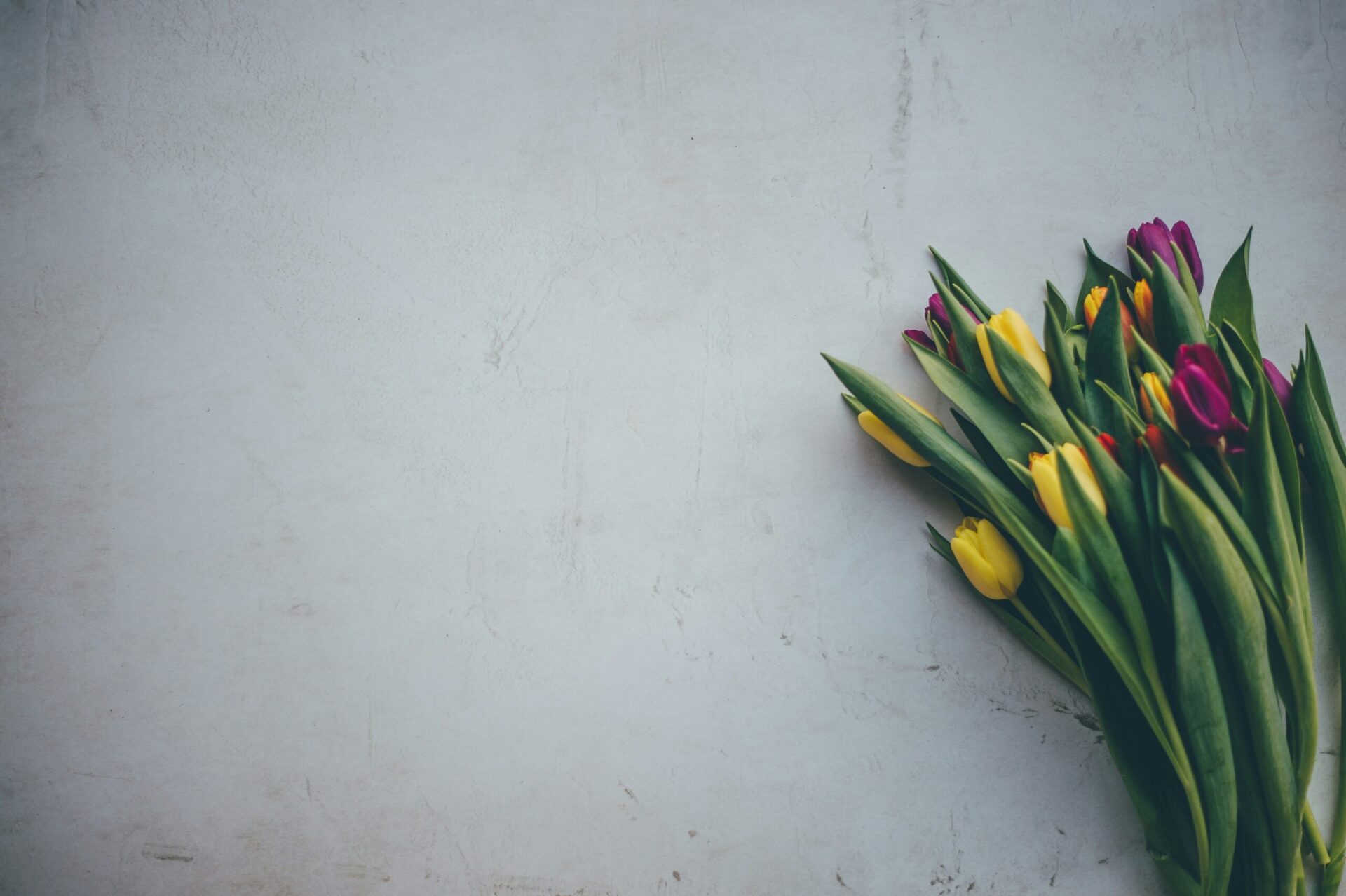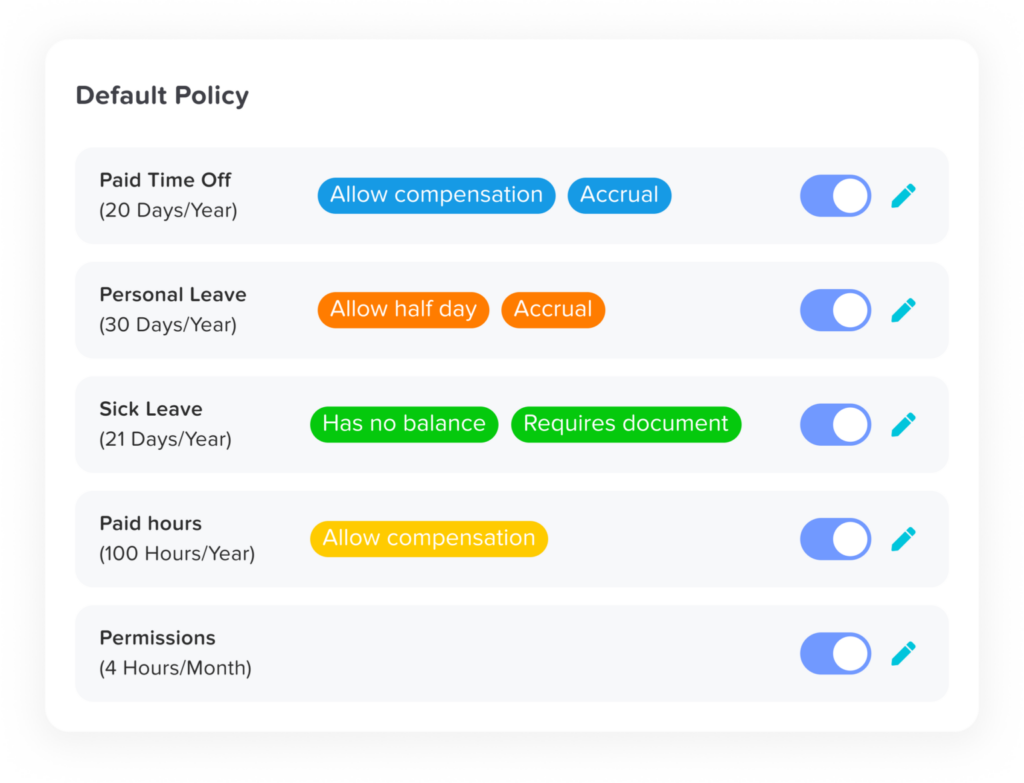Planning a vacation should feel exciting, not like solving a math problem. But if you’ve ever tried to plan time off without knowing your exact Paid Time Off (PTO) balance, you know how stressful it can be. A PTO calculator takes the guesswork out of the equation. It helps you forecast how many days you’ll have available, so you can confidently plan your trips without worrying about running out of paid leave halfway through the year.
In this guide, we’ll walk you through everything you need to know, from understanding PTO policies and accrual rates to calculating your days off and managing your time strategically.
What is PTO?
Paid Time Off (PTO) is a versatile employee benefit that allows you to take time away from work while still receiving your regular pay. Instead of separating vacation days, sick leave, and personal days into different categories, PTO combines them all into one flexible pool. This gives you the freedom to use your time off however you need, whether for a family trip, a doctor’s appointment, or a mental health break.
Different PTO Structures Explained
Accrual-Based PTO
In an accrual-based PTO system, employees earn time off gradually, the longer you work, the more you accumulate. For example, you might earn a few hours of PTO every pay period or for every certain number of hours worked.
This system rewards consistency and tenure. It’s especially helpful for newer employees who are still building up their balances. Over time, your accrued hours grow steadily, allowing you to plan vacations once you’ve accumulated enough.
Another benefit? Transparency. Because accrual is tied to work hours, employees can easily calculate their progress. It’s a fair and predictable model that fits companies of all sizes, especially those tracking hourly or project-based work.
Lump-Sum PTO
A lump-sum PTO policy gives employees their full annual time off all at once, typically at the start of the year or on their work anniversary.
This structure is great for people who like to plan in advance. You can schedule longer trips early in the year without waiting months to “earn” the days.
However, this system also requires discipline. Since all your days are available upfront, it’s easy to use them too quickly and find yourself short later in the year. The key is strategic planning, balancing early vacations with time reserved for emergencies or rest breaks.
Many employees love the simplicity of lump-sum PTO because it eliminates guesswork and gives them immediate access to their full benefit.
Unlimited PTO
Unlimited PTO has become a hallmark of flexible, modern workplaces. Under this policy, there’s no fixed limit on how many days you can take, as long as your work gets done and performance remains strong.
This model operates on trust and accountability rather than strict tracking. Employees can take the time they need for rest, family, or personal growth without worrying about running out of days. It fosters a culture of ownership, encouraging people to manage their own workload responsibly.
However, the challenge lies in balance, some employees take too little time off, fearing judgment. Successful unlimited PTO policies come with supportive leadership that actively encourages employees to recharge.
Use-It-or-Lose-It PTO
A use-it-or-lose-it PTO policy means any unused days expire after a certain period, usually at the end of the calendar year.
While this may sound strict, it’s actually designed to encourage regular breaks. Taking time off throughout the year reduces burnout, boosts creativity, and helps employees return to work more refreshed.
To make the most of this policy, it’s important to plan vacations periodically and track your PTO balance closely. Many organizations send reminders to help employees avoid losing their earned days.
In short, this policy promotes a healthy rhythm of work and rest, as long as you stay mindful of your deadlines and expiration dates.
PTO Accrual Rates
Your PTO accrual rate determines how fast you earn paid time off, and understanding it helps you plan vacations strategically.
Common Accrual Methods
Hourly Accrual
If you earn PTO based on hours worked, you’ll accumulate time off little by little. For example, if you earn one hour of PTO for every 30 hours worked, and you work 40 hours a week, you’ll gain about 1.33 hours weekly. This method is especially fair for employees with fluctuating schedules because your time off grows in direct proportion to your effort.
Per Pay Period Accrual
Many employers prefer assigning PTO based on pay cycles. You might earn a set number of hours (say, 5 hours every two weeks) regardless of your workload. This makes it easy to track and predict your available time off throughout the year.
Annual (Lump-Sum) Accrual
If your employer gives you all your PTO upfront, either at the start of the calendar year or on your anniversary, you’ll have instant flexibility. This system is great for people who like to plan long vacations, but it requires some budgeting to make your days last all year.
Tiered Accrual by Seniority
To reward loyalty, some companies increase PTO accrual rates the longer you stay. For example:
0–2 years: 10 days per year
3–5 years: 15 days per year
6+ years: 20 days per year
This not only boosts retention but also encourages a healthier balance between work and personal time for long-term employees.
Key Considerations
Part-time employees usually earn PTO at a slower rate than full-time staff.
Unpaid leaves may temporarily pause your PTO accrual.
Holidays typically don’t reduce PTO, but can be combined with vacation days for longer breaks.
Knowing exactly how and when you earn PTO gives you control over your schedule, making it easier to plan ahead and fully enjoy your time off.
How to Calculate PTO (Paid Time Off)
Calculating your PTO doesn’t have to feel like solving a payroll puzzle. Whether you’re planning a quick long weekend or a well-deserved vacation, knowing your exact PTO balance helps you make informed decisions, prevent scheduling conflicts, and ensure you’re getting the full value of your earned benefits.
Here’s a step-by-step guide to help you confidently calculate and manage your paid time off.
Step 1: Find Your Accrual Rate
Start by reviewing your company’s PTO accrual policy, which should outline how your time off accumulates. Companies typically calculate PTO in one of three ways: per hour worked, per pay period, or annually.
For example, you might earn 6.15 hours of PTO per biweekly pay period. This means every time you receive a paycheck, that amount is added to your PTO bank. If you’re hourly, your accrual might be expressed as hours per hour worked (e.g., 0.05 hours for every hour on the job).
Understanding your accrual method is the foundation of accurate calculations, without it, your math will never match your company’s records.
Step 2: Calculate Your Annual Total
Once you know your accrual rate, multiply it by the number of pay periods in a year to find your total annual PTO.
Example:
6.15 hours × 26 pay periods = 159.9 hours per year (about 20 working days).
This total represents your maximum potential PTO for the year, assuming you work continuously and don’t take unpaid leaves. Knowing this figure helps you plan long vacations, estimate carryover limits, and gauge whether your benefits align with industry averages.
Step 3: Subtract PTO Already Taken
Next, review your HR portal or pay stubs to see how much PTO you’ve already used. Subtract that number from your annual total to determine your current remaining balance.
Example:
159.9 total hours 40 hours used = 119.9 hours available.
Tracking used time ensures you don’t overbook future leave or accidentally dip into negative balances, especially important in companies that don’t allow borrowing PTO.
Step 4: Project Future Accrual
If your upcoming vacation is months away, estimate how much additional PTO you’ll earn before your trip. This step helps you plan with confidence and avoid last-minute cancellations.
Example:
If your vacation is three months away (six pay periods), you’ll earn:
6 × 6.15 = 36.9 more hours.
Add this to your remaining balance to see how much you’ll have by your departure date. Projections are particularly useful for new employees or those planning extended time off later in the year.
Step 5: Check Company Rules and Restrictions
Every employer handles PTO differently, and company policy can significantly impact your available time. Some organizations allow employees to borrow unearned PTO or go into a negative balance; others strictly prohibit it. Additionally, some enforce “blackout periods” during busy seasons when no time off is approved.
Before finalizing your plans, double-check:
Whether you can use unearned PTO
If there are blackout dates
How far in advance must you submit requests
Whether unused PTO rolls over or expires
Understanding these rules upfront saves you from scheduling surprises or potential payroll deductions.
Step 6: Use a PTO Calculator
To make things easier, use an online PTO calculator. These tools automate the math, taking into account your accrual rate, usage, and future projections. Simply input your details, and the calculator will show exactly how much PTO you’ll have by a specific date.
Advanced calculators even factor in weekends, public holidays, and partial days, giving you a more realistic view of your available time.
Pro tip: Bookmark your favorite PTO calculator and update it every pay period, it’s the easiest way to stay on top of your earned time off.
Tips to Manage Your PTO Wisely
Managing PTO effectively isn’t just about numbers, it’s about creating balance. Thoughtful planning ensures you stay productive, motivated, and rested throughout the year. Here’s how to get the most out of your time off.
Plan Vacations Early
The earlier you plan, the better your chances of getting approval. Submitting requests ahead of time gives managers the flexibility to adjust team schedules and helps you lock in cheaper travel options. Booking in advance also gives you peace of mind and ensures your workload is handled smoothly before you leave.
Monitor Your Balance Regularly
Don’t wait until vacation season to check your PTO. Review your balance after each pay period, most HR systems show this data on your employee portal or pay stub. Staying informed prevents confusion, especially if your company’s system occasionally miscalculates accruals.
Regular monitoring also helps you identify patterns, like when you tend to take time off or how much you usually carry over.
Take Advantage of Long Weekends
Strategic scheduling can make your PTO go further. Pair your days off with national or company holidays to create extended breaks.
For example, taking Thursday and Friday off before a Monday holiday turns a 3-day weekend into a 5-day getaway, without burning through a full week of PTO.
Save PTO for Emergencies
It’s wise to keep a small reserve of PTO for unplanned events such as illnesses, family emergencies, or urgent appointments. Having a cushion of 2–3 days ensures you’re financially covered without the stress of unpaid leave or schedule conflicts.
Understand Your Company’s Rules
Different organizations have different guidelines for requesting time off. Some require a two-week notice; others may restrict PTO during peak workloads. Familiarizing yourself with these policies helps you plan vacations responsibly and improves the chances of getting your requests approved.
Communicate With Your Team
Good communication is key to stress-free time off. Inform your manager early, finish major projects, and set up backup coverage if needed. You can also leave handover notes to help colleagues manage tasks in your absence, a simple gesture that keeps operations running smoothly.
Watch for Expiration Dates
Some companies have a “use-it-or-lose-it” policy, meaning unused PTO disappears at year-end. Set reminders on your calendar to use your days before they expire. After all, it’s your earned benefit, and taking it helps prevent burnout while improving overall well-being.
FAQ
How often should I update my PTO calculations?
It’s best to review your PTO balance after each pay period or whenever you take leave. Regular updates keep your records accurate and prevent unexpected shortfalls when planning vacations.
Can PTO calculators handle partial or half days?
Yes. Many calculators allow you to enter hours or fractions of a day, making it easy to plan short breaks, early departures, or mental health half-days without affecting full-day totals.
What if I don’t have enough PTO for my trip?
If you run short, discuss options with HR. Some companies allow unpaid leave, PTO advances, or split vacations. Planning ahead gives you more flexibility and prevents scheduling conflicts.
Are PTO calculators free to use?
Absolutely. Most online PTO calculators are free and user-friendly. Many HR portals also include built-in PTO tracking tools that automatically update your balance in real time.
Should I track PTO manually if my company already does?
Yes, it’s a smart backup. Maintaining your own log helps verify accuracy and gives you full transparency, especially if payroll systems experience glitches.
Can unused PTO expire or carry over?
That depends on company policy. Some organizations let you roll over a limited number of days; others require you to use them by year-end. Always check your employee handbook to avoid losing time you’ve earned.
Conclsuion
Taking time off isn’t just about escaping work, it’s about restoring balance, improving your well-being, and returning re-energized and more productive. Understanding how your PTO accrues, how to calculate it accurately, and how to use it strategically empowers you to take full advantage of one of your most valuable benefits.
When you plan your time off carefully, communicate clearly with your team, and stay aware of company policies, you’re not only respecting your employer’s workflow, you’re also prioritizing your mental health and overall happiness.
Remember, rest fuels performance. Whether you’re using a few hours to recharge midweek or planning a dream vacation, your PTO is earned time meant to be enjoyed. Use it wisely, use it fully, and come back ready to bring your best self to work.














